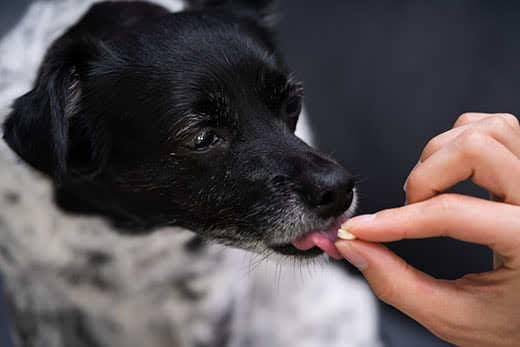
-
Find the right food for your petTake this quiz to see which food may be the best for your furry friend.Find the right food for your petTake this quiz to see which food may be the best for your furry friend.Featured products
 Adult Wet Dog Food with Beef
Adult Wet Dog Food with BeefHill's Science Plan Adult Multipack Wet Dog Food with Chicken, Beef & Turkey are complete premium pet foods for adult dogs from 1 year. Your dog will love these deliciously smooth and savoury minced loaves, formulated for balanced nutrition and overall health.
Shop Now Puppy Food
Puppy FoodHill's Science Plan Puppy Multipack Wet Dog Food with Chicken & Beef are complete premium pet foods for growing puppies from weaning until 1 year old and for pregnant and nursing dogs. Your puppy will love these deliciously smooth and savoury minced loaves, formulated for balanced nutrition and overall health.
Shop Now Mature Adult Dog Food
Mature Adult Dog FoodHill's Science Plan Mature Adult Multipack Wet Dog Food with Chicken & Beef are complete premium pet foods for mature adult dogs from 7 years. Your dog will love these deliciously smooth and savoury minced loaves, formulated to deliver the appropriate amount of energy to support the needs of adult dogs.
Shop NowFeatured products Adult Multipack Wet Cat Food with Beef, Ocean Fish & Chicken
Adult Multipack Wet Cat Food with Beef, Ocean Fish & ChickenTender chunks in gravy for cats, with high-quality protein to maintain lean muscle. With vitamin E and omega-3s & -6s for healthy skin and balanced minerals to support healthy vital organs.
Shop Now Light Adult Multipack Wet Cat Food with Chicken & Ocean Fish
Light Adult Multipack Wet Cat Food with Chicken & Ocean FishTender chicken chunks in gravy for cats, with L-carnitine and fewer calories for ideal weight management. Packed with high-quality protein, omega-6s, and vitamin E for shiny fur and healthy skin.
Shop Now Mature Adult Wet Cat Food with Chicken
Mature Adult Wet Cat Food with Chicken
Tender chicken chunks in gravy for mature adult cats. Made with easy-to-digest ingredients, high-quality protein for lean muscle maintenance and antioxidant vitamins C+E for optimal health.
Shop Now -
Dog
- Dog Tips & Articles
-
Health Category
- Weight
- Food & Environmental Sensitivities
- Urinary
- Digestive
- Joint
- Kidney
-
Life Stage
- Puppy Nutrition
- Adult Nutrition
- Senior Nutrition
Cat- Cat Tips & Articles
-
Health Category
- Weight
- Skin & Food Sensitivities
- Urinary
- Digestive
- Kidney
-
Life Stage
- Kitten Nutrition
- Adult Nutrition
Featured articles The Right Diet For Your Pet
The Right Diet For Your PetIn people, the right diet is very important. If you are eating the wrong way for your metabolism, activity level, age and lifestyle you could end up with health issues.
Read More The Incredible Science Behind Your Pet's Microbiome
The Incredible Science Behind Your Pet's MicrobiomeLearn what your pet's microbiome is, how it contributes to your pet's gut and overall health, and why nutrition is important in maintaining healthy microbiomes.
Read More Show some love with wet foods: a great choice for pets with health issues
Show some love with wet foods: a great choice for pets with health issuesShow some love with wet foods: a great choice for pets with health issues.
Read More -


Giving your dog a pill can sometimes be a challenge. But as a dog parent, learning how to get a dog to take a pill is an important skill to master, and fortunately, a rather simple one in most cases. So what can pet parents do to make this process go more smoothly? Read on to learn some veterinarian-approved tricks of the trade.
How To Give a Dog a Pill: The Meatball Method
When it comes to taking medication in pill form, most dogs resist simply because they don't enjoy the taste of the pill. With this in mind, you can adapt the “spoonful of sugar” medicine trick to suit your canine friend.
If your vet gives the go-ahead for the medication to be given with food, you can hide the capsule or tablet in the middle of a homemade treat. Use canned food, cooked lean meat, cheese, peanut butter or any other moldable food your dog loves, and form a meatball, cheese ball or peanut-buttery treat around the pill. Your vet or local pet store may also offer specially formulated dog treats that are designed specifically for hiding pills.
Canned dog food or cooked lean meat are ideal for giving your dog a pill, as treats like peanut butter balls may make it harder for your dog to maintain a healthy weight. However, please realise that it is not recommended to use raw meat as this carries the risk of health problems such as salmonella.
Many dogs will happily accept the first meatball with gratitude, making this the simplest way to give an oral pill to most dogs. For those more sceptical dogs, though, you may have to give a plain, pill-free meatball to earn their trust and then sneak in the pill later.


Tasty Tips
When Food Isn't an Option
If you can’t sneak a pill past your super-sniffer dog, or the pill can’t be taken with food, giving your dog a pill may require you to take matters into your own hands — literally. Use these steps for guidance:
Start by using a treat instead of a pill for the first few attempts. For particularly anxious dogs, repeatedly training with a treat and offering lots of praise will help desensitise them to the pill experience.
Stand next to your dog, ensuring that you're both facing the same direction. Then place the treat in your dominant hand.
While placing your non-dominant hand on your dog's upper jaw, with your thumb on one side and your fingers on the other, use your dominant hand to pull down the lower jaw. You'll also have the treat in this hand. Keep in mind that a dog's mouth opens by the lower jaw dropping down, so avoid prying your dog's mouth open by pulling upwards.
Offer the treat by placing it toward the base of the tongue. You'll have to temporarily remove your hand from the lower jaw to pop the treat in toward the back of the tongue, so try to be quick. This does require your hand to be in your dog's mouth momentarily, so there's an inherent risk of your dog biting you during this manoeuvre – be very cautious! The goal of giving them a treat this way is to help your dog relax, as they'll learn this isn't a terrible experience and a little cooperation will be to their benefit. Depending on how much of a challenge these first steps were, you're free to repeat with treats — or even regular dog food — as a way of training your dog to take a pill without a fight.
When you and your pup have mastered the "open jaw and get a treat" manoeuvre, it's time for the main act: substituting the pill in the treat's place. If possible, place the pill toward the back of the tongue, ideally at the base.
Always give lots of verbal praise and a treat after your dog successfully takes the medication.
Because this technique requires a little bit more skill, it may be worthwhile to ask your veterinarian to do a demonstration before attempting this on your own. Once you've successfully placed the pill in your dog's mouth, do your best to keep their mouth closed by quickly placing your dominant hand back on the lower jaw to gain gentle control. Blowing onto your dog's nose and stroking their throat softly will encourage swallowing. Most dogs will lick their nose after they've swallowed a pill. For those more discreet dogs who keep you wondering, just keep an eye on them for a moment afterward to see if they spit out any evidence.
Other Forms of Medicine
If you're still not able to get your dog to take their pill, other forms of the medication may be necessary. For example, your vet may prescribe liquid medications. Liquids can be given via a syringe (or dropper provided with the medication) into the rear of your dog's mouth by inserting the tip of the syringe near the back teeth on either side. The cheek pouch is another good spot to aim for with liquid medications. The Merck Veterinary Manual explains that holding your dog's head pointing partially upward can help prevent spills — a particularly important tip when learning how to get a dog to take a pill.
If you are struggling to administer medications, it's important to keep an open and honest line of communication with your veterinarian so they can help tailor your dog’s treatment plan in a way that keeps you both relaxed and safe. Even if they can't prescribe a different formulation of a medication, they may have their own tips and tricks they can share with you.
If you've struggled with giving your dog medication in the past, be sure to use these steps to ensure you understand how to give a dog a pill.


Dr. Laci Schaible is a small animal veterinarian, veterinary journalist, and a thought leader in the industry. She received her Doctor of Veterinary Medicine from Texas A&M University and her Masters in Legal Studies from Wake Forest University.
Related products

Hill's Science Plan Perfect Digestion Small & Mini Adult Dog Food with Turkey is a complete premium pet food for small breed adult dogs aged 1–6 years. This deliciously smooth mousse is precisely balanced to deliver the appropriate amount of energy and to support digestive health in adult, small breed dogs.
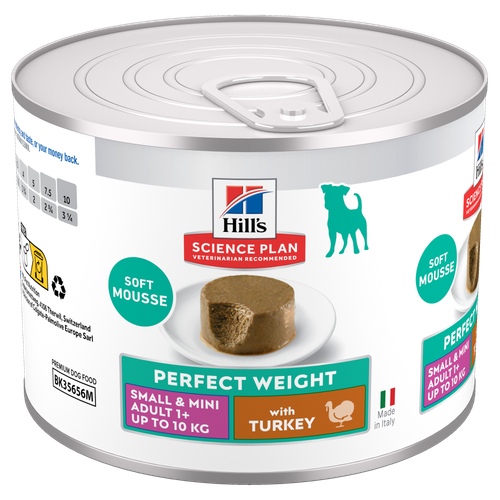
Hill's Science Plan Adult Small & Mini Dog Food with Turkey is a complete premium pet food for adult small dogs from 1 year old that are prone to weight gain or slightly overweight. This deliciously smooth mousse is formulated to deliver the appropriate amount of energy to support weight maintenance in adult dogs.
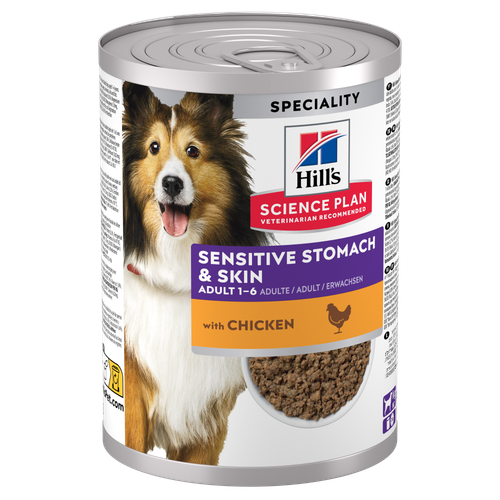
Hill's Science Plan Sensitive Stomach & Skin Adult Wet Dog Food with Chicken is a complete premium dog food for adult dogs from 1 year. This savoury tinned loaf is enriched with ingredients that support digestive health & skin care.
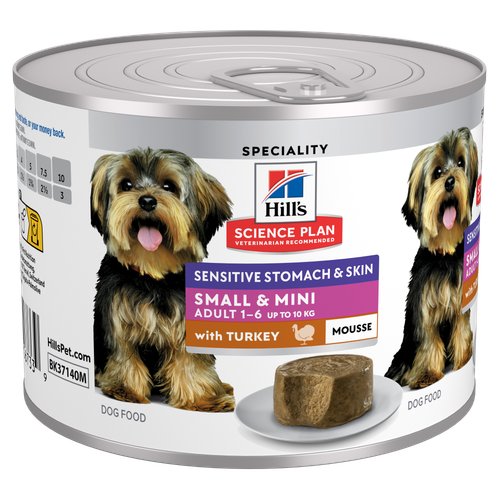
Hill's Science Plan Sensitive Stomach and Skin Small & Mini Adult Dog Food with Turkey is a complete premium pet food for small breed adult dogs aged 1–6 years. This deliciously soft mousse is enriched with ingredients that support digestive health & skin care.
Related articles
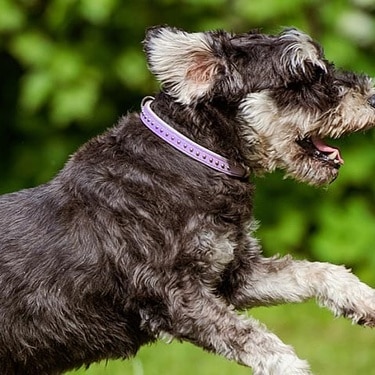
Dog obesity is a significant problem - learn more about helping your dog become trimmer and healthier through improved nutrition.
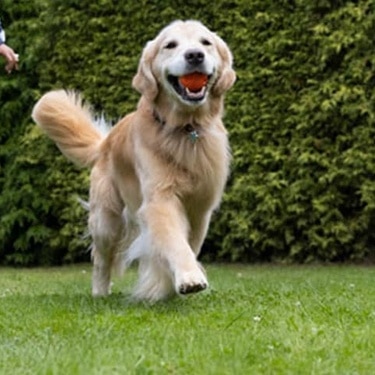
Understand the potential causes of excessive dog itching and how to address them. Seek relief for your dog with expert advice from Hill's Pet UK.

Discover the causes, signs, and treatments of kidney disease in dogs and find methods of supporting your dog's kidney health. Learn more at Hill's Pet UK.

Just like every other pet owner, vets are responsible for giving their pets the best possible nutrition, exercise and care needed to keep them healthy and happy.

Put your dog on a diet without them knowing
Our low calorie formula helps you control your dog's weight. It's packed with high-quality protein for building lean muscles, and made with purposeful ingredients for a flavourful, nutritious meal. Clinically proven antioxidants, Vitamin C+E, help promote a healthy immune system.
Put your dog on a diet without them knowing
Our low calorie formula helps you control your dog's weight. It's packed with high-quality protein for building lean muscles, and made with purposeful ingredients for a flavourful, nutritious meal. Clinically proven antioxidants, Vitamin C+E, help promote a healthy immune system.


